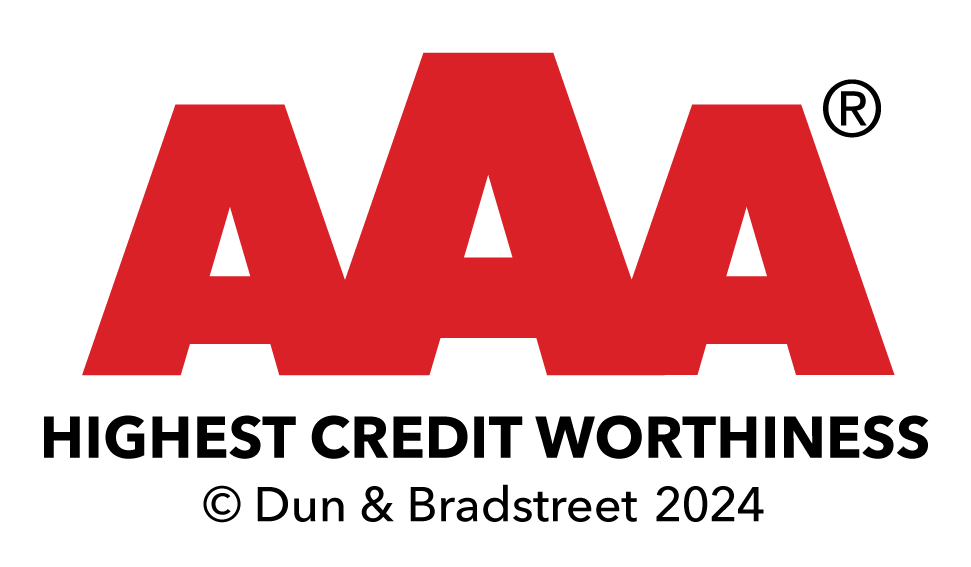It can be difficult and time-consuming to choose an ERP system that fully supports your company’s processes. There is almost an endless amount of ERP systems on the market and it can feel overwhelming to get started. So where do you start and what should you keep in mind when choosing a software solution?
In this article, we give you our best tips on how to find a suitable ERP system for your company.
What is an ERP system?
An ERP (Enterprise Resource Planning) system is a comprehensive system that may include everything from order handling and inventory management to invoicing, account ledgers and tools for analyzing. In other words, ERP is a system that supports the company and its processes. By investing in a comprehensive ERP system, you avoid time-consuming use of several different systems concurrently.
Many companies still use only manual methods such as Excel or email to perform daily tasks. These programs often work well up to a point, but as the company grows and evolves, the programs may limit rather than help the company’s development. You can read more about what an ERP system is here: What is an ERP system and how can I benefit from it?
Below we present our tips for choosing the right ERP system.
1. Analyze the situation and define the need for a system
A basic needs analysis and planning is required before you choose which ERP system to invest in. There is a great risk that the chosen ERP system won’t suit your company if you rush through the analysis and choose a system based on its reputation or popularity.
Start out by asking yourself what you wish to change, improve or streamline in the business. Begin with analyzing the needs of the company. What’s not working? Then ask yourself whether IT really can add value and solve the problems you are facing. Perhaps the problems can be solved by other methods?
Compile a list of the processes and parts that are inefficient. First, keep the focus away from the technical aspects and focus more on the day-to-day activities that are time consuming or work less good in the company. Here, it is important to involve all employees who are affected by the change of system. Involving the system users from the beginning in the decision-making process increases the chances of a well-received system among the users. It is difficult to implement a major organizational change without the support of the staff.
Another important thing to remember in the beginning of the project is to appoint a project manager, who has authority, support from the business management and enough time for the project. This is to ensure that the project moves forward as efficiently as possible.
2. Are you in need of a customized system or a standardized system?
If the business has very unique needs that cannot be covered by a standardized system, there is reason to consider investing in a customized system. However, such customized solutions require more extensive work and often significantly increased costs. The benefits of investing in a customized system must therefore be weighed against the increased costs. If, on the other hand, the company’s needs are similar to those of many other companies in the industry, you should consider choosing a standardized system that gives you a more predictable cost. The advantage of a standardized system is that it is already adapted to the industry and will be continuously developed and improved through regular system updates.
In many cases, it is desirable that the system is standardized and customizable at the same time. Some system vendors are able to meet such needs, but it’s good to remember that even small adjustments take time to make and thus probably increase the price significantly.
NextLog’s products consist of both standardized packages and customizable solutions. Read more about LogiControl here and LogiControl Basic here.
3. Map out the existing systems on the market
Search engines work well to create an overview of different system vendors. When searching the internet, it is a good idea to remember to carry out several searches with different keywords in order to find different companies. By doing multiple searches with different keywords, you reduce the risk of missing the web pages of relevant suppliers. The reason why some companies show up more frequently than others when searching is that these companies have search engine optimized web pages. Some suggestions for keywords you can use to find ERP systems are: ERP systems, ERP systems and IT systems followed by the industry your company operates in. To find ERP systems that are designed specifically for the transportation industry, for example, a search might look like the following: ERP systems for transportation and logistics, transportation systems, ERP systems for transport companies, and so on. You probably get the idea.
It is also worth considering whether the company needs a general system that is developed to suit many industries or whether you should invest in a system that is planned for your industry. Often, it is large companies with more general ERP systems that rank at the top of the search results, while it takes a little more research to find smaller companies that develop industry-adapted systems.
As mentioned earlier, it should be the company’s needs that govern the choice of system. Ask yourself the question; Is it important that the system responds to several, or even all, of the company’s processes? Then you should consider an industry-specific system. If, on the other hand, the system is to be used exclusively by, for example, the company’s finance department, a general system can work just as well. The important thing is to have a long-term perspective to increase the chances of a successful implementation. Difficulties arise when a system that has been in use for several years turns out to be too limited and unadaptable.
Another way to find suitable system suppliers is to investigate which ERP systems your competitors use. This usually gives an indication of what type of system works in your industry. Another tip is to look for system suppliers outside your own country’s borders. Sometimes there is no suitable supplier in the country you operate in, and then it can be advantageous to turn your gaze towards, for example, neighboring countries.
4. Investigate whether the business has the opportunity to grow in the ERP system
Once you have found an ERP system that you want to investigate further, you should check that the ERP system is scalable and a solution that can be used for a long time to come as the company grows and develops. What happens if you, for instance, need to add more users to the system? As the company grows, there may also rise a need to add or remove features.
Also check what features and functions you actually need, so you don’t pay extra for views that you don’t need. Evaluate which functions you need and make sure that those functions are well developed in the system. To keep costs from spiralling out of control, it’s important that you enter the right number of users and select the views that your company actually needs.
Also investigate whether the supplier offers integration opportunities to other systems. Customers and partners often use their own systems, so it is important that information can be transferred automatically between them.
Read more about LogiControl’s views and customization options here and about how we at NextLog work with integrations here.
5. Make demands on the system supplier
Start from the above points and investigate how different system suppliers relate to your requirements. Of course, you want a system supplier who is familiar with your industry and understands the company’s needs. Also check that the supplier is easy to get in touch with. Furthermore, it is important to find out what is included in the price of the ERP system. To what extent does the system supplier offer support and is this included in the price? Are updates included in the price and is there ongoing maintenance?
6. Time to make the decision
Once you have decided what type of system you want to invest in, the training and implementation of the system remains. If you are looking for some useful tips and advice for a successful deployment, check out our article 8 tips for implementing ERP systems.
Related articles
Send a sales request
Visiting address
| Yrittäjäntie 7 | |
|---|---|
| 65610 MUSTASAARI FINLAND +358 (0)6 322 6100 |
Support
| Working days (8.00 am – 4.00 pm) | |
|---|---|
| +358(0)6 322 6100 support@logicontrol.fi |





